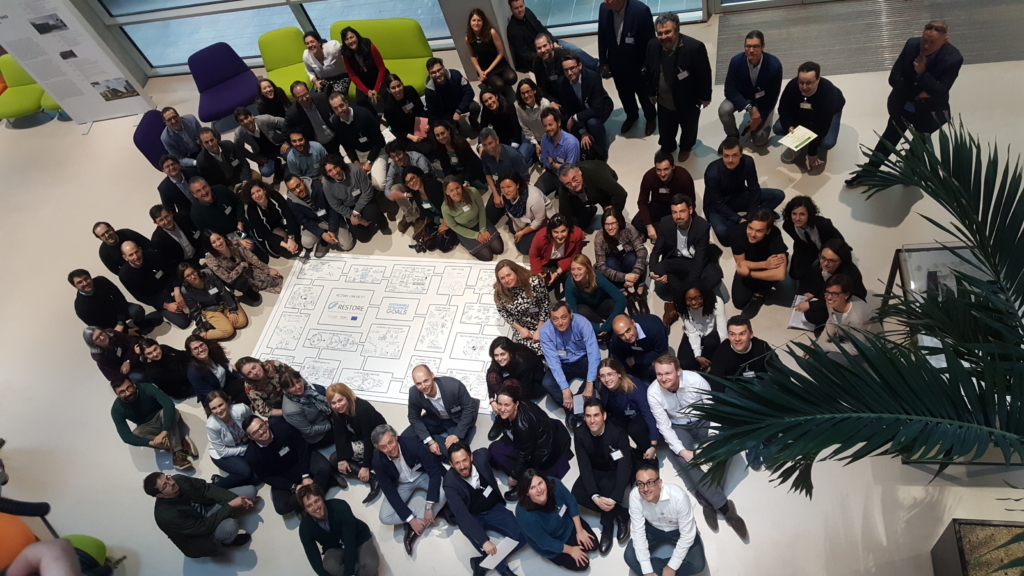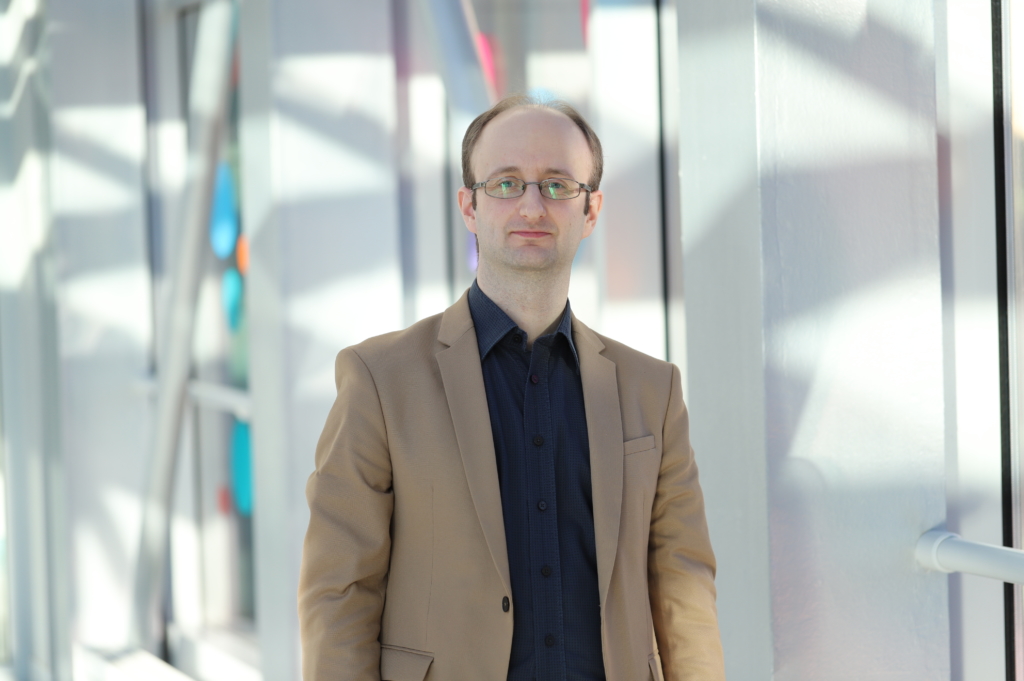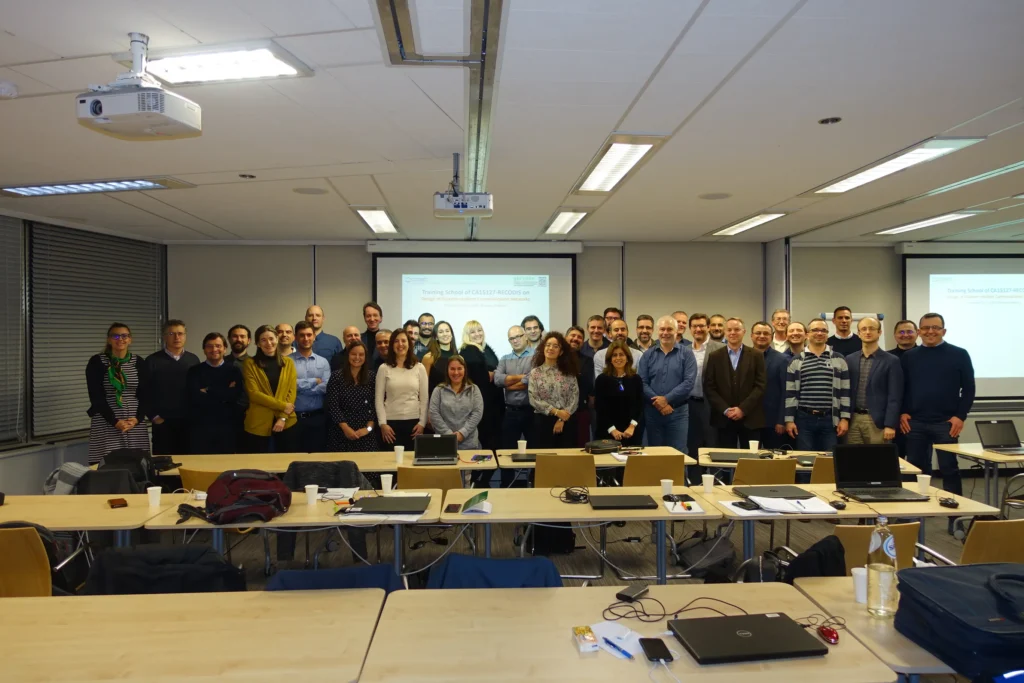Enabling Academia and Industry to work together is key to successfully addressing the range of challenges facing our society. However, the two often operate in different ways with differing end goals and establishing a common, successful working understanding can be tricky.
Few businesses, in particular Small or Medium Sized Enterprises (SMEs), have the capacity to deliver innovative results by themselves and, on the other hand, research organisations do not often get the chance to fully test their results in ‘real world‘ applications. Interactions between the two are often complex and require careful management in areas such as intellectual property (IP), knowledge transfer or access to appropriate funding.

COST Action networks provide a safe and fruitful space where Academia and Industry can meet, get to know one another and share knowledge and experience in a trusting environment. In June 2021 COST held an online COST Connect event involving more than 20 COST Actions on Academia and Industry cooperation.
The event highlighted the many reasons for Industry to join Actions from finding potential research partners to maintaining knowledge on current research and emerging topics. In particular, SMEs see COST Actions as powerful networking tools that are strongly academia oriented. The COST Short Term Scientific Missions (STSMs) instrument offer the opportunity to improve their employees’ skills and close collaboration helps SMEs learn new methods and ways of working.
For Academia, the benefits of Industry partners include new perspectives and data for testing hypotheses, insights on routes to market, increased chances of receiving European-level grants and a better understanding of the requirements of ‘real world’ products and solutions.
The COST Innovators Grant, launched at the end of 2019, can enhance the pace and success of breakthrough innovations, building bridges between COST’s scientific research outcomes and marketable products, solutions and services.
Sustainable
Most COST Actions include at least one SME participant, and many include ten or more. However, COST Action RESTORE (CA161114 – REthinking Sustainability TOwards a Regenerative Economy) that ended in 2021 was ahead of the field with 28 SMEs involved.
The number of SMEs involved was not the only unique feature. “It was one of the first COST Action to research sustainability in the built environment,” claims Action Chair Carlo Battisti. “And it was the first Action to engage with a process to offset its CO2 emissions, reducing and completely offsetting them in the end. As one of our core topics was how to establish a carbon -neutral built environment it would have been illogical to ignore the carbon emissions linked to our meetings and other activities.”
RESTORE strived to cover all sustainability aspects of the built environment including environmental, economic and social angles. By the time it ended in 2021 the Action included 40 different competences and had grown to a network of some 160 practitioners and researchers including participants from most European countries plus the US and New Zealand.
“With so many partners from different disciplines and cultures our first challenge was to find a common language for sustainability,” says Carlo. “And we took a holistic approach: not just achieving carbon neutrality, but also covering issues such as loss of biodiversity too. We looked to provide a paradigm shift to deliver built environments that are environmentally positive across multiple indicators.”
Over its lifetime RESTORE delivered five training schools for professionals and researchers, ten conferences and workshops, more than 30 STSMs, and a massive scientific communication activity including eight books and a range of research publications. The knowledge gained in RESTORE is being continued through the activities of the Living Future Europe association and the Action’s members.

“The Action has helped close the gap between research and the practitioners on the ground,” says Carlo. “There is now a huge network of professionals that can take advantage of the results.”
“The academic side has better understanding of the relevance of their research to the market, while the commercial side has better understanding of the technologies that are available and the current research that may become commercially relevant,” he concludes.

Resilient
In modern society we often take our communication services for granted. But when disaster strikes, we really need those networks to be available and functioning correctly. The COST Action RECODIS (CA15127 – Resilient communication services protecting end-user applications from disaster-based failures) brought together researchers from academia and industry to develop a set of techniques and recommendations to improve resilience in communication networks and make them more resistant to disruptions.

“Disastrous disruptions can follow natural events, such as earthquakes, or technology failures either from accidents or due to a malicious attack,” explains Professor Jacek Rak of Gdansk University of Technology who chaired the Action.
“We had a significant level of industrial involvement from the start,” says Jacek. “Ranging from major telecoms operators to network equipment providers. In total some 200 members were involved from 31 countries.”
While delivering its objectives to propose methods to defend networks and set out best practise design guidelines for network operators some 140 STSMs were arranged between industrial and academic members.
At the end of the Action a final Training School was held in late 2019 in Brussels that attracted 90% of the participants from leading telecom operators across Europe.

The knowledge gained during the Action led to the publication in 2020 of a ‘Guide to Disaster-Resilient Communication Networks’ book edited by Jacek and RECODIS Vice-Chair David Hutchison with contributions from 130 Action members.
And the work of the Action continues:
“COST Actions are very good instruments for enhancing cooperation for further initiatives. So far RECODIS members have submitted over 20 new joint project proposals of which 11 have been successful.”
Prof Jacek Rak, COST Action Chair
High performance
Dr Chiara Pernechele is Vice-Chair of COST Action EsSENce (CA19118 – High-performance Carbon-based composites with Smart properties for Advanced Sensing Applications) and works for Dallara an Italian automotive engineering firm that aims to design and manufacture the fastest and safest race cars in the world.
EsSENce is developing an innovation hub at European and International level for advanced composite materials reinforced with Carbon based (nano)materials that also can incorporate sensing capabilities.
“In the COST Action we are able to work directly with researchers to discuss design applications in terms of materials,” explains Chiara. “Dallara needs high performance materials with added functionalities such as embedded sensors to collect data, for example, on aerodynamics to enhance product quality and improve performance through design.”

The Action had to operate under COVID restrictions, so most training events have been conducted via webinar during 2021 although STSMs have been successfully arranged. “There is a strong connection between training and education and industry in the Action,” comments Chiara. “We have produced a series of videos on different aspects of our work that is available to all.”
“Before 2015 Dallara did not have a strong collaborative research tradition,” concludes Chiara. “But we have become known through COST Actions and many possibilities have opened up. We are currently involved with four European research projects.”
Further information
Read more about COST Action “CA161114 – REthinking Sustainability TOwards a Regenerative Economy”
